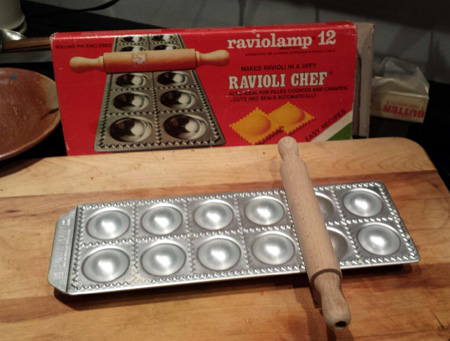 During my first fall as a single person, I started eating fried fish
for dinner a few nights a week. I cooked it with ingredients I bought
at M2M, a Korean bodega across the street from my apartment building in
the East Village. M2M sold three types of fish: salmon, sole, and basa.
The salmon was bright orange and fat, the sole was thin and yellow with
odd raised bumps like pores, and the basa was light pink and
smooth-fleshed. I have a bourgeois distaste for salmon stemming from a
childhood vacation to France where it had was served at nearly every
meal, and I feared the wan, pebbly sole. So I always bought the basa,
despite the fact that before moving across the street from M2M I had
never heard of this fish.
During my first fall as a single person, I started eating fried fish
for dinner a few nights a week. I cooked it with ingredients I bought
at M2M, a Korean bodega across the street from my apartment building in
the East Village. M2M sold three types of fish: salmon, sole, and basa.
The salmon was bright orange and fat, the sole was thin and yellow with
odd raised bumps like pores, and the basa was light pink and
smooth-fleshed. I have a bourgeois distaste for salmon stemming from a
childhood vacation to France where it had was served at nearly every
meal, and I feared the wan, pebbly sole. So I always bought the basa,
despite the fact that before moving across the street from M2M I had
never heard of this fish.
Each package of basa contained two fillets; when I cooked dinner for myself, I used only one, leaving the other piece in its yellow Styrofoam tray and covering it with cellophane wrap to spend another night in the refrigerator. I rinsed the basa fillet under the water, sometimes squeezing the juice of half of a lemon onto the slippery flesh. Then I traced the seam that ran down the center of the fillet with my small ceramic knife and divided the fillet in two parts. There were no bones. I cut each of the twin pieces into smaller chunks, then broke an egg into a bowls and beat it. In another bowl I mixed together equal parts flour and cornmeal with half-teaspoons of black pepper and oregano and a pinch of salt. I dropped the pieces of fish into the beaten egg, rinsed them around with the fingers of my left hand, and then dropped them into the flour mixture. I tossed them in the flour with the fingers of my right hand.

 Summer isn’t summer without grilling all of our favorite things; kabobs, thick rib eyes, pizza, fish, corn, all kinds of veggies and of course – burgers. Burgers are always just okay when made at home. Yet, after eating at
Summer isn’t summer without grilling all of our favorite things; kabobs, thick rib eyes, pizza, fish, corn, all kinds of veggies and of course – burgers. Burgers are always just okay when made at home. Yet, after eating at  BASIC SPICES AND COOKING ITEMS YOU SHOULD HAVE
BASIC SPICES AND COOKING ITEMS YOU SHOULD HAVE  “I was thinking… when we get back, we could make homemade ravioli”, Francis nodded to the pasta roller on the counter and pulled a box from his kitchen cupboard. It was a ravioli press. A Raviolamp 12, to be exact, in a slightly worn box. I was breathless. This was ringing all the right bells – crafty, foodie, flea market finds. Francis and I have cooked a few times together, very successfully, in fact, but I still get performance anxiety. Present me with a brand new $300 pasta machine, with all the bells and whistles, and I know what perfection is expected of me. But a used ravioli press with a piece of packing tape holding the box together? Well now, you just wanna play. THAT, I can do.
“I was thinking… when we get back, we could make homemade ravioli”, Francis nodded to the pasta roller on the counter and pulled a box from his kitchen cupboard. It was a ravioli press. A Raviolamp 12, to be exact, in a slightly worn box. I was breathless. This was ringing all the right bells – crafty, foodie, flea market finds. Francis and I have cooked a few times together, very successfully, in fact, but I still get performance anxiety. Present me with a brand new $300 pasta machine, with all the bells and whistles, and I know what perfection is expected of me. But a used ravioli press with a piece of packing tape holding the box together? Well now, you just wanna play. THAT, I can do. This is a recipe “re-do” of a long time favorite that’s now a smart weapon in my war against weight…and it’s not only skinny-fied, it’s simplified: Cucumber and Pepper Pickles with Whole Spices.
This is a recipe “re-do” of a long time favorite that’s now a smart weapon in my war against weight…and it’s not only skinny-fied, it’s simplified: Cucumber and Pepper Pickles with Whole Spices.
